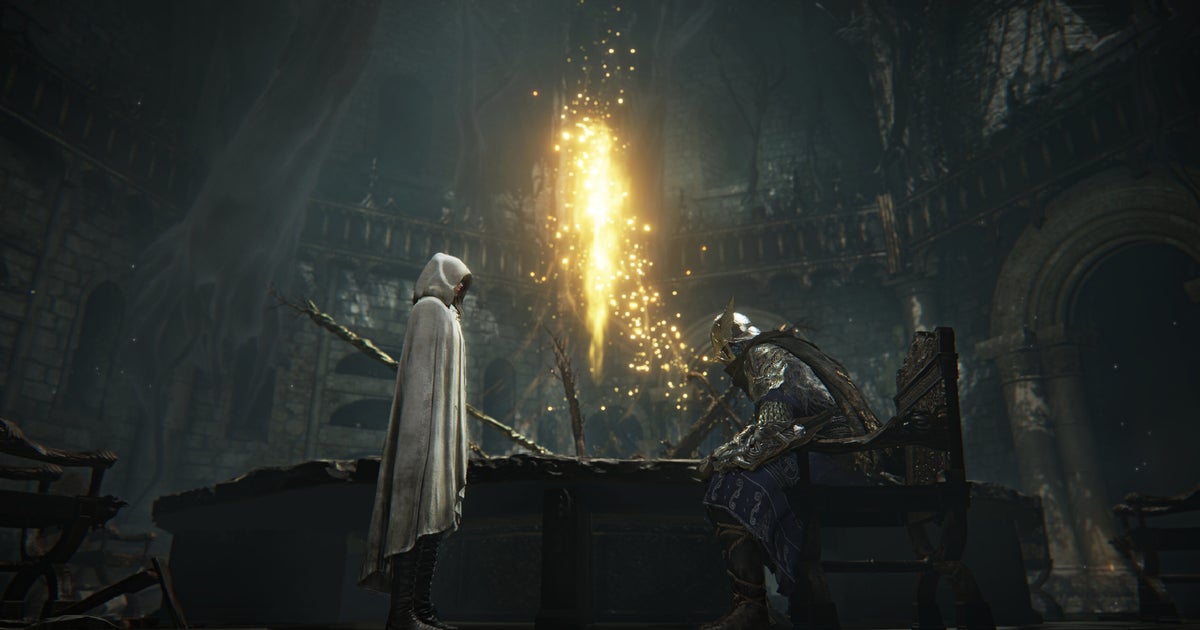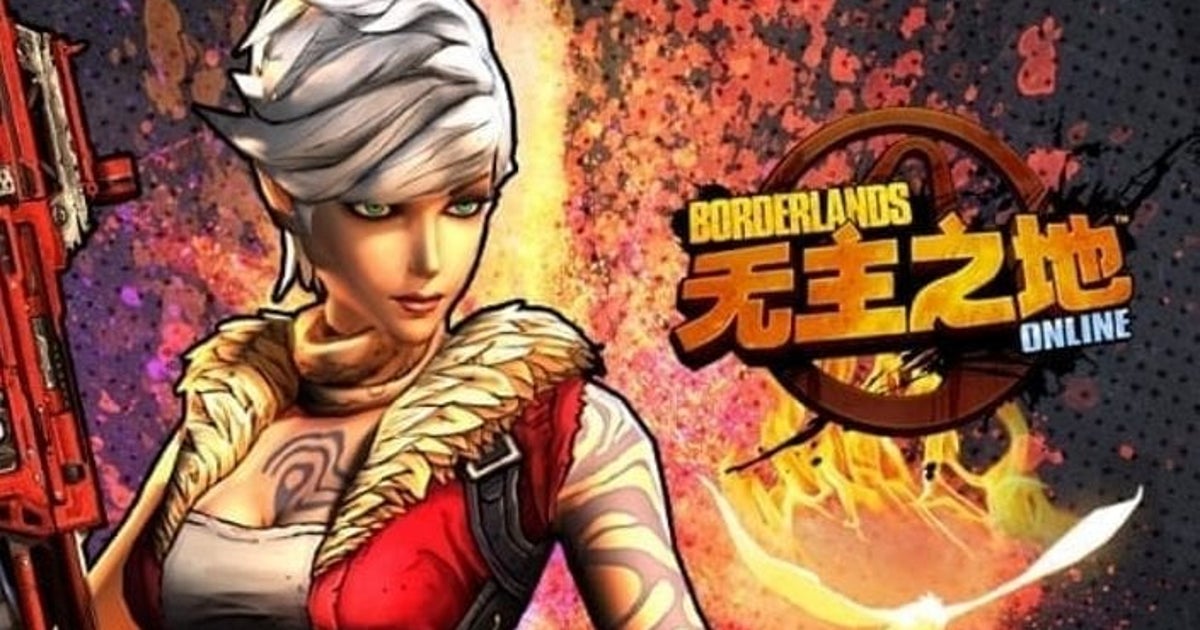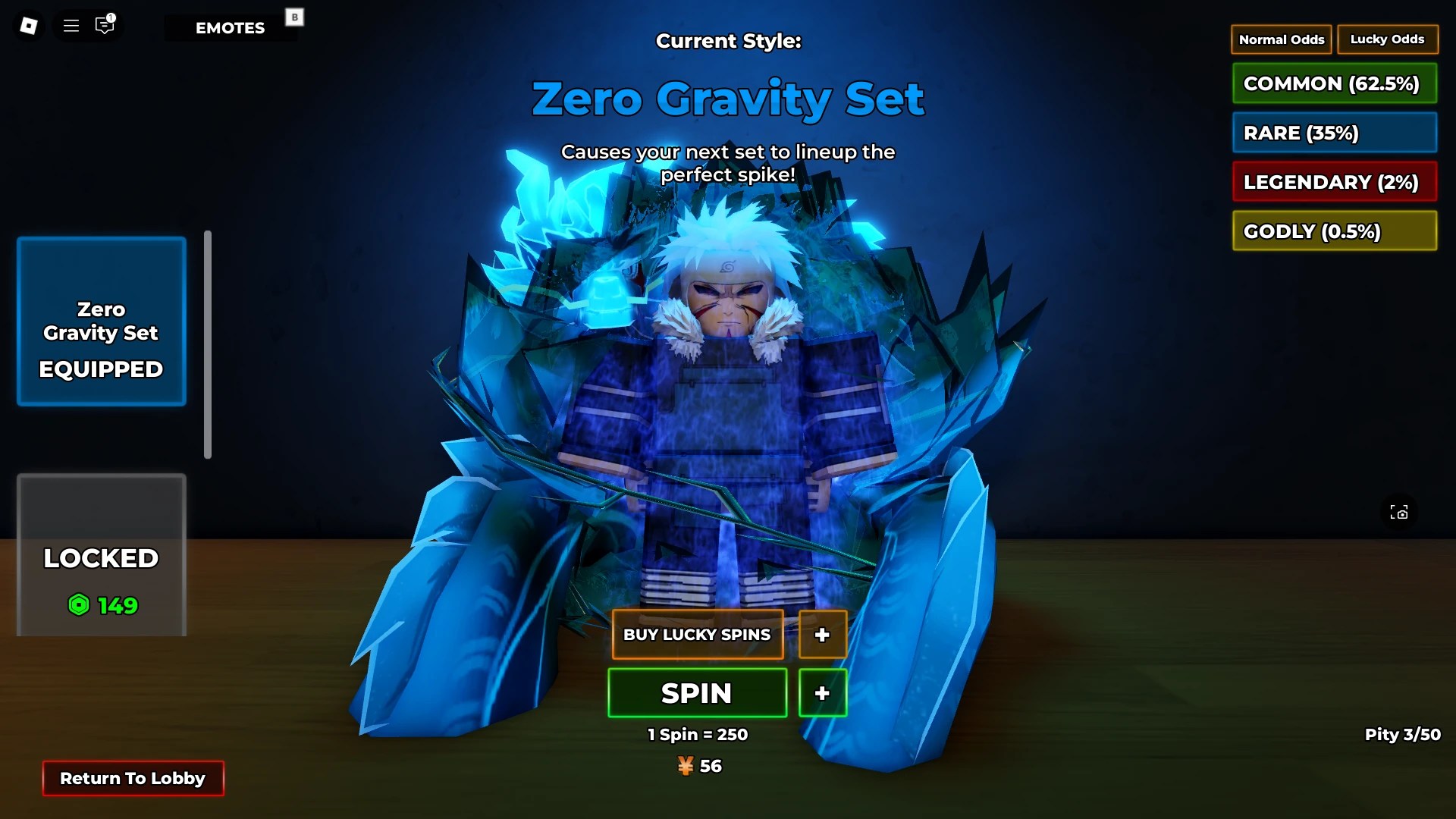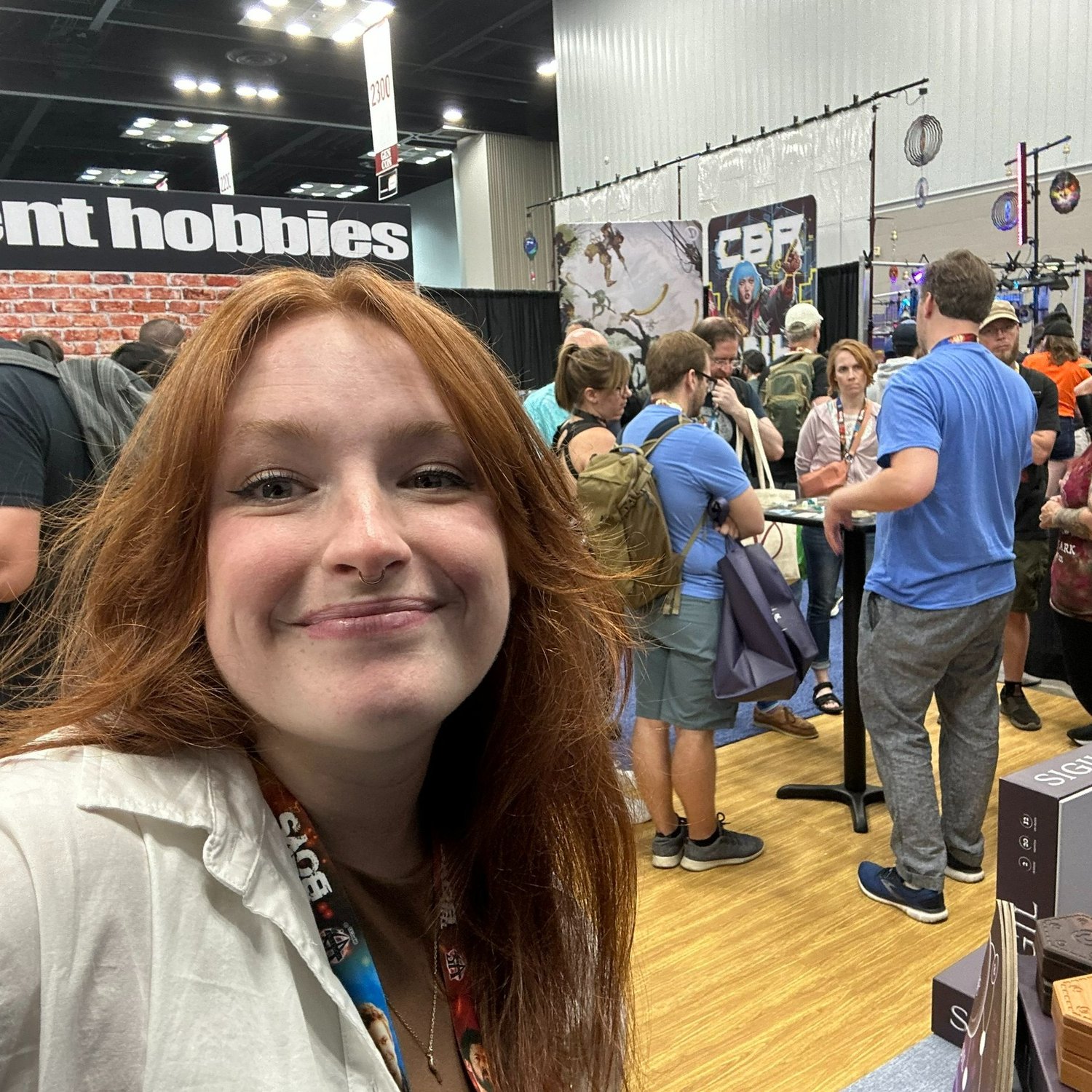The most recent update to Grow A Garden introduces a seasonal feature called Bizzy Bees. As the name implies, the patch revolves around bee-inspired content, including new varieties of seeds, additional pets, unique mutations, and a limited-time event centered on bees. For those who are unfamiliar with the game or uncertain about how the event works, this Grow A Garden Bizzy Bees Swarm Event guide will clarify everything.
All New Pets in the Bizzy Bees Update in Grow A Garden

The Bizzy Bees Update introduces five additional pets to Grow A Garden. Each of them offers benefits associated with the newly introduced Pollinated and Honey-glazed mutations.
| Pet | Rarity | Passives |
|---|---|---|
| Bee | Uncommon (65%) |
Every 24 minutes and 37 seconds, it travels to a nearby fruit and triggers the Pollinated mutation by pollinating it. |
| Honey Bee | Rare (25%) |
A slightly better Bee. |
| Bear Bee | Mythical (5%) |
Once every 25 minutes, it approaches a nearby plant and grants its fruit the Honey Glaze mutation. |
| Petal Bee | Legendary (4%) |
Every 24 minutes and 37 seconds, it gently pollinates a nearby fruit, giving it the Pollinated mutation. There’s also a small 1.29% chance that flower-type fruits will stick around even after you harvest them. |
| Queen Bee | Divine (1%) |
Every 24 minutes and 26 seconds, it works its magic by pollinating a nearby fruit, giving it the Pollinated mutation. On top of that, it also helps out your pets by refreshing one of their cooldowns every 29 minutes and 26 seconds. |
To add these pets to your collection, you’ll need to pick up a Bee Egg from the Honey Shop, which you can find right in the middle of the playing area.
All New Seeds in the Bizzy Bees Update in Grow A Garden
The new Pets are cool, but the new Seeds and Plants might be even cooler. Hive Fruit and Nectarine can be bought in the Honey Shop with the Honey you called, but there is also a new Seed Pack:

Similar to the Hive Fruit and Nectarine, the Seed Pack can be purchased for honey in the Honey Shop. It will cost you 10 Honey, and it usually comes in stock of 1 or 2. The most profitable flower is obviously the Sunflower, but it is quite hard to get. If you are looking to make a profit, settling for a Pink Lily or the Purple Dahlia is the most economical option.
| Flower | Rarity |
|---|---|
| Rose | Uncommon (40%) |
| Foxglove | Rare (25%) |
| Lilac | Rare (20%) |
| Pink Lily | Mythical (10%) |
| Purple Dahlia | Legendary (4.5%) |
| Sunflower | Divine (0.5%) |
All Cosmetic Items in the Bizzy Bees Update
The Bizzy Bees Event brings a bunch of new cosmetic items to help you spruce up your garden with some extra charm. To get your hands on them, just check out the Honey Crate area inside the Honey Shop.

In addition to those goodies, there are three more decorative items you can pick up from the Honey Shop: the Bee Chair, Honey Torch, and Honey Walkway. They’re perfect for adding a sweet touch to your garden setup, and they have a fixed cost, so you don’t need to take a chance on getting them.
| Item | How to Get | Rarity/Price |
|---|---|---|
| Honey Comb | Honey Store | 3 Honey |
| Bee Chair | Honey Store | 5 Honey |
| Honey Torch | Honey Store | 5 Honey |
| Honey Walkway | Honey Store | 10 Honey |
| Honey Pot | Bee Crate | Rare (26%) |
| BeeHive | Bee Crate | Rare (21%) |
| Honey Barrel | Bee Crate | Rare (21%) |
| Honey Pillar | Bee Crate | Mythical (16%) |
| Bee Podium | Bee Crate | Mythical (11%) |
| Honey Fountain | Bee Crate | Legendary (5%) |
How to get the Pollinated Mutation in Grow A Garden
You can unlock the Pollinated mutation for your plants during the Swarm Event, which takes place every hour in-game. It works a lot like the earlier Moonlit and Bloodlit events. Once the event starts, bees will leave their nest and spend the whole time pollinating nearby plants on their own. The Pollinated Plant will have a Golden glow around it, and you will be able to see it through other plants.
How to get Honey in Grow A Garden

In Grow A Garden, you can collect Honey by gathering pollinated crops and placing them into the Honey Combpressor machine located in the center of the map. The machine will turn your fruits into Honey, which you can then use to buy different pets and seeds at the Honey Shop, run by the Queen Bee in the same central area. You need to bring 10 KG of Pollinated Plants in order to get 10 Honey. Once you put 10 KG of Pollinated Plants into the Honey Combpressor, they will be processed for 3 minutes, and then you can receive your well-earned Honey.
All Honey Shop Items in the Bizzy Bees Update
The Honey Shop is a charming market where you can purchase honey, bee-themed decorations, Plants, and more. Not all items are available at the same time. Please check regularly to see what is currently in stock. Sometimes it’s the Cosmetics, sometimes it’s the Crates and Eggs, you never know.

Below is a list of all Items in the Honey Store, along with their price:
| Item | Price |
|---|---|
| Flower Seed Pack | 10 Honey |
| Nectarine Seed | 40 Honey |
| Hive Fruit Seed | 40 Honey |
| Honey Sprinkler | TBD |
| Bee Egg | 18 Honey |
| Bee Crate | 10 Honey |
| Honey Comb | 3 Honey |
| Honey Chair | 5 Honey |
| Honey Torch | 5 Honey |
| Honey Walkway | 10 Honey |
All of the items are fairly priced, as getting Honey is fairly easy with a good garden. The Honey Sprinkler is not available in the game yet, and does not have a price at this time.
That is all for my Grow A Garden Bizzy Bees Swarm Event Guide. Check out our Grow A Garden Trading Value List to see which plants you can sell for the biggest profit.
![[🐝] Bizzy Bees Swarm Event Guide for Grow A Garden – How to Get Honey, Pets, and New Seeds](https://histream.ir/wp-content/uploads/2025/06/grow-a-garden-bizzy-bees-swarm-event-guide.png)





![Definitive Volleyball Legends Abilities Guide and Tier List [UPDATE 20] – Best Abilities for Each Position](https://histream.ir/wp-content/uploads/2025/05/volleyball-legends-abilities-tier-list.png)















